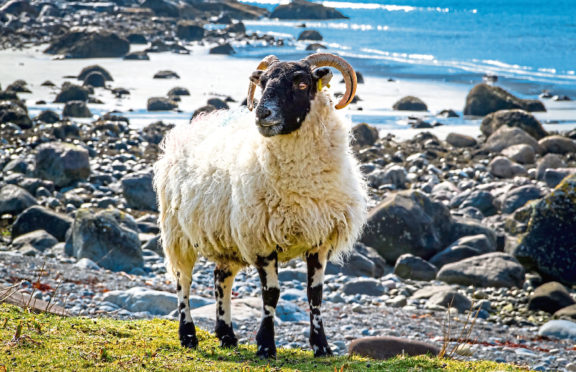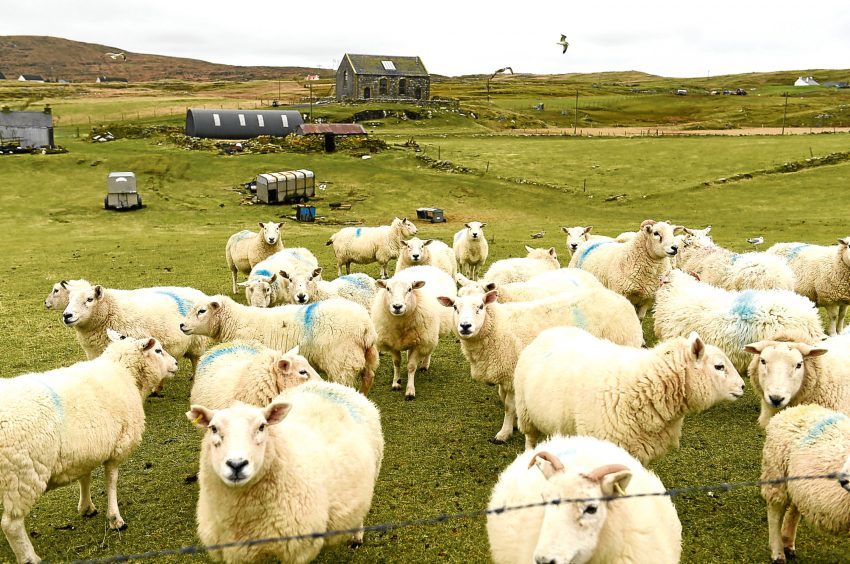All good wishes for 2022 – let’s take a look forward to the year and what crofting needs in order to thrive.
We are approaching 140 years since the Napier Commission started to “Inquire into the conditions of the Crofters” (1883) and approaching 14 years since the (Shucksmith) Committee of Inquiry on Crofting (CoIoC) made recommendations to the Scottish Government in 2008.
Despite many of the recommendations having still not been implemented, crofting is going strong, so there must be something worthwhile in there.
The comments the CoIoC made about the wider benefits of crofting to population and the biosphere are more relevant now than ever.
Crofting is being recognised as the sustainable way forward for land use in Scotland and to realise the potential crofting has, there are contextual issues that need a helping hand.
Firstly, the future of agricultural support, and ‘payment for public good’ is crucial.
Crofting families need to make a modest profit to support themselves and to invest in the croft.
The market doesn’t always fulfil this, due to our subsidised food policy, and crofting delivers many non-market benefits that deserve public support – climate change mitigation, enhancing biodiversity and population retention.
Detailed proposals of a new Scottish agriculture and rural development support system are still awaited from the Scottish Government and it is becoming a matter of urgency that they indicate what the future holds.
We need to keep reminding the government that schemes need to be ‘croft-proofed’.
The second issue is access to crofts – this is important to get more young people involved.
This means better regulation of existing crofts, freeing up of unused crofts, the establishment of new crofts, and amended powers for the Crofting Commission to regulate the market in croft tenancies and owner occupied crofts.
Thirdly we need to get started on a Bill to improve crofting law and iron out the wrinkles that make it difficult and confusing to work with.
We are promised a Bill in this Parliament but already half a year has gone by with no progress whatsoever.
The Crofting Law “Sump” was presented to the Scottish Government in November 2014 with 57 issues to be addressed and little progress has been made.
A new Bill fixing the anomalies and clarifying legal requirements is needed, followed by consolidation of all the Acts.
Carbon credits is another issue as these are set to become a big thing as we attempt to mitigate climate change.
This could be a great opportunity for crofters or it could be an elephant trap – note the rise of the ‘green lairds’.
The implications of what is proposed are vague and how crofters – and especially common grazings – can take advantage is still unknown. We need concerted work on this to either reap the benefits or protect crofting from it.
Meanwhile, the National Development Plan for Crofting was published earlier this year – it draws together different strands of crofting into one document with a lot of good ideas in it.
There needs to be a group representing crofters which meets quarterly and reviews progress against the actions in the plan.
Finally, I urge crofters to stand in the elections for new Crofting Commissioners.
The Crofters Commission used to consist only of government appointments but following the most comprehensive survey of crofters since Napier, yes, the CoIoC, crofters got the right to have a majority of elected members of the new Crofting Commission from 2011.
As far as I know, this is the only government agency that has a majority elected board and it is essential that crofters exercise this right. A completed nomination form must be received no later than 5pm on January 27.
* Patrick Krause is chief executive of the Scottish Crofting Federation.


